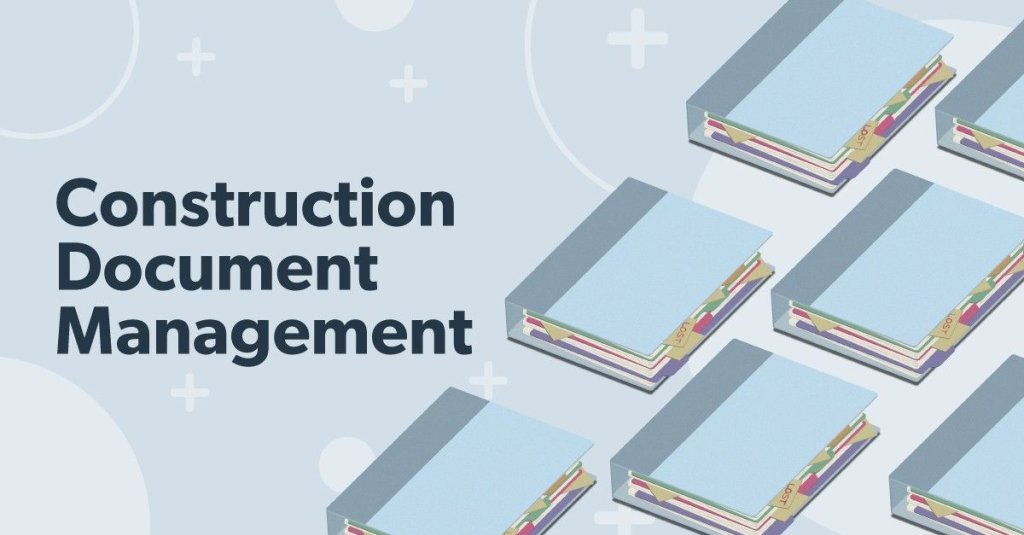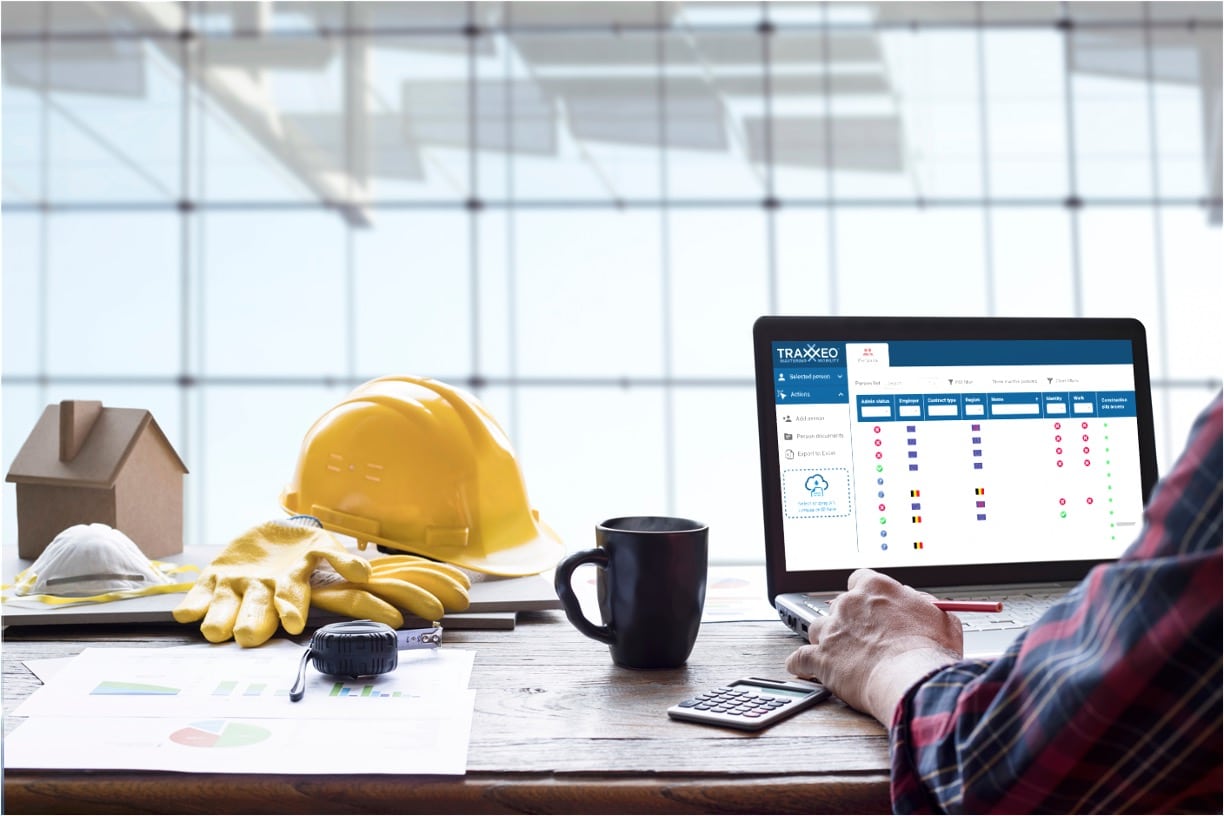Optimizing Task Cooperation: Engineer's Finest Practices in Construction File Monitoring
In the intricate world of building tasks, the reliable monitoring of construction documents stands as a keystone for success. In the middle of this intricacy exists a crucial inquiry: just how can designers improve cooperation processes to enhance job results?
Leveraging Cloud-Based Platforms
Leveraging cloud-based platforms is a fundamental method for modern designers in optimizing building and construction record administration processes. By transitioning from traditional paper-based systems to shadow solutions, engineers can improve cooperation, enhance record availability, and boost overall job performance. Cloud-based platforms use architects the ability to store, share, and upgrade building and construction files in real-time, ensuring that all employee have accessibility to one of the most present details despite their location. This access advertises smooth interaction and control amongst task stakeholders, resulting in less mistakes and delays in the building process.
In addition, cloud-based platforms offer a safe setting for storing sensitive project info, offering security, routine back-ups, and individual approval setups to shield data honesty. Designers can also take advantage of the scalability of cloud remedies, allowing them to change storage space capacity and capability based upon project demands. On the whole, leveraging cloud-based systems encourages architects to maximize their construction file administration procedures, driving higher partnership, performance, and success in their jobs.
Executing Version Control Equipment
Having developed the advantages of cloud-based platforms in building paper monitoring, architects can now boost their record control processes by executing Variation Control Systems. Variation Control Systems (VCS) are essential devices that track changes in papers, guaranteeing that group members are constantly collaborating with the current and most precise information. By implementing VCS, designers can preserve a centralized repository where all job records are stored, making it possible for smooth collaboration while minimizing the risk of errors and variation conflicts.
This feature is especially beneficial in construction tasks where layout models and adjustments are usual. This openness not just boosts liability but additionally assists in resolving disagreements or discrepancies that may emerge during the task lifecycle.
Developing Interaction Methods
To ensure efficient and effective project sychronisation, architects should establish clear and durable interaction protocols within their building and construction file monitoring processes. This platform might be a task management software application, e-mail threads, or cloud-based storage remedies.
In addition, interaction methods ought to additionally consist of guidelines on how to take care of disputes, modification orders, and immediate problems that may occur during the project lifecycle. Establishing an organized technique to interaction makes sure that all stakeholders are on the very same page, advertises openness, and ultimately adds to the successful completion of the building and construction job.
Utilizing BIM Software Program for Sychronisation
BIM software plays a critical duty in boosting control among job staff member in the construction market. Building Information Modeling (BIM) helps with collaboration by providing a central system where engineers, engineers, contractors, and other stakeholders can work with each other in a collaborated fashion. Via BIM software application, project participants can access and upgrade a common version that contains comprehensive info regarding the building design, building parts, and task schedules.

Additionally, BIM software application enables real-time collaboration and interaction among employee, regardless of their physical place. With cloud-based BIM systems, click this job stakeholders can access the most recent project info, track adjustments, and make educated decisions without delay. Generally, leveraging BIM software application for coordination improves job efficiency, efficiency, and inevitably leads to successful task end click to investigate results.
Ensuring Information Protection and Conformity
In the world of building record administration, protecting data stability and ensuring regulative conformity are paramount factors to consider for architects and various other task stakeholders. Designers need to carry out robust safety and security measures to safeguard delicate project details from unauthorized access or breaches. Making use of secure cloud storage solutions with file encryption methods and accessibility controls can help alleviate risks related to data theft or loss. Consistently upgrading software program and systems, conducting safety and security audits, and giving personnel training on data safety and security ideal techniques are necessary steps in keeping a protected atmosphere for building and construction file monitoring.

Verdict
Finally, architects can maximize task collaboration in building document administration by leveraging cloud-based systems, carrying out variation control systems, establishing interaction protocols, using BIM software program for coordination, and making sure data safety and security and conformity. These best methods assist simplify the construction procedure, boost communication among job stakeholders, and boost performance in project delivery. By complying with these standards, engineers can effectively handle building records and facilitate successful job results.
Via BIM software program, project participants can access and update a shared design that consists of thorough information about the building design, building elements, and job routines.
Via cloud-based BIM systems, task stakeholders can access the most recent task details, track adjustments, and make informed decisions quickly - construction document management. In general, leveraging BIM software application for coordination enhances project efficiency, productivity, and ultimately leads to effective task end results
In final thought, designers can enhance project collaboration in construction document management by leveraging cloud-based systems, applying variation control systems, developing communication protocols, utilizing BIM software for control, and making certain information safety and compliance. These best practices aid enhance the building process, improve interaction among project stakeholders, and boost effectiveness in project distribution.